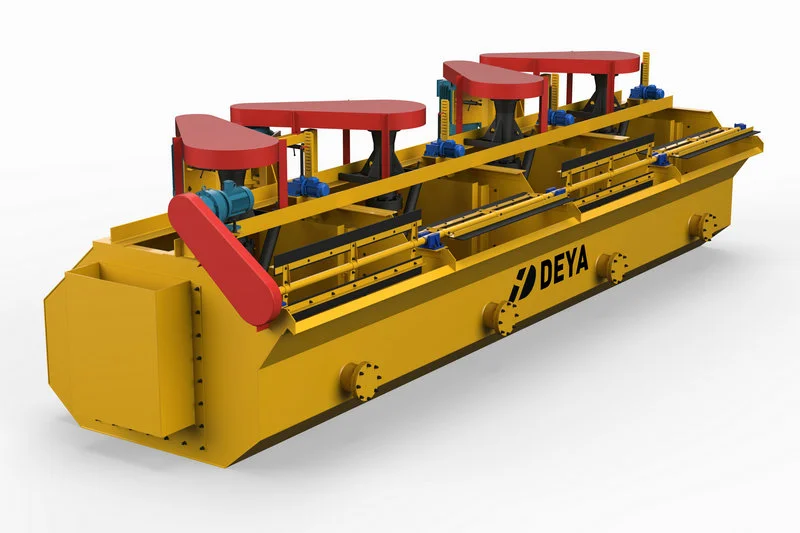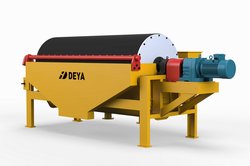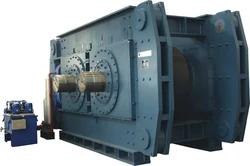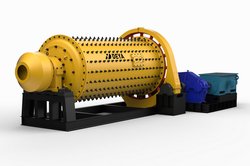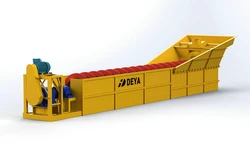Introduction
Flotation machine is for processing minerals by means of froth flotation, which is a process for separating minerals from gangue by taking advantage of differences in their hydrophobicity. Hydrophobicity differences between valuable minerals and waste gangue are increased through the use of surfactants and wetting agents.
Air is introduced through the impeller to provide good dispersion and sufficient mixing to cause the particle-bubble collisions that are essential to particle-bubble attachment.
The primary function of flotation machine is making the particles contact and adhere to air bubbles, thus allowing those particles to rise to the surface and form a froth.
Working principles
Froth flotation is a highly versatile method for physically separating particles based on differences in the ability of air bubbles to selectively adhere to specific mineral surfaces in a mineral slurry.
The particles with attached air bubbles are then carried to the surface and removed, while the particles that remain completely wetted stay in the liquid phase.
Froth flotation can be adapted to a broad range of mineral separations, as it is possible to use chemical treatments to selectively alter mineral surfaces so that they have the necessary properties for the separation.
Applications
It is a relatively selective process, and can be applied to some low grade ores and to minerals that require fine grinding for liberation.
Initially developed to treat the sulphides of copper, lead, and zinc, the field of flotation has now expended to include platinum, nickel, and gold-hosting sulphides, and oxides, such as hematite and cassiterite, oxidised minerals, such as malachite and cerussite, and non-metallic ores, such as fluorite, phosphates, and fine coal.
Major factors for select particular type of flotation machine
1. Metallurgical performance
2. Capacity, tons per hour per unit volume
3. Operating costs per ton of feed, like power consumption, maintenance, direct labor
Technical data
| Model | Volume | Inner diameter | Motor | Capacity | Weight |
|---|---|---|---|---|---|
| m³/cell | mm | KW | m³/min | KG/cell | |
| BF-0.37 | 0.37 | 740x740x750 | 1.5 | 0.2-0.4 | 470 |
| BF-0.65 | 0.65 | 850x950x900 | 3 | 0.3-0.7 | 932 |
| BF-1.2 | 1.2 | 1050x1150x1100 | 5.5 | 0.6-1.2 | 1370 |
| BF-2.0 | 2 | 1400x1450x1120 | 7.5 | 1.0-2.0 | 1750 |
| BF-2.8 | 2.8 | 1650x1650x1150 | 11 | 1.4-3.0 | 2130 |
| BF-4.0 | 4 | 1900x2000x1200 | 15 | 2.0-4.0 | 2585 |
| BF-6.0 | 6 | 2200x2350x1300 | 18.5 | 3.0-6.0 | 3300 |
| BF-8.0 | 8 | 2250x2850x1400 | 22 | 4.0-8.0 | 4130 |
Note: Base on different materials, and actual factors, the data may be different.

